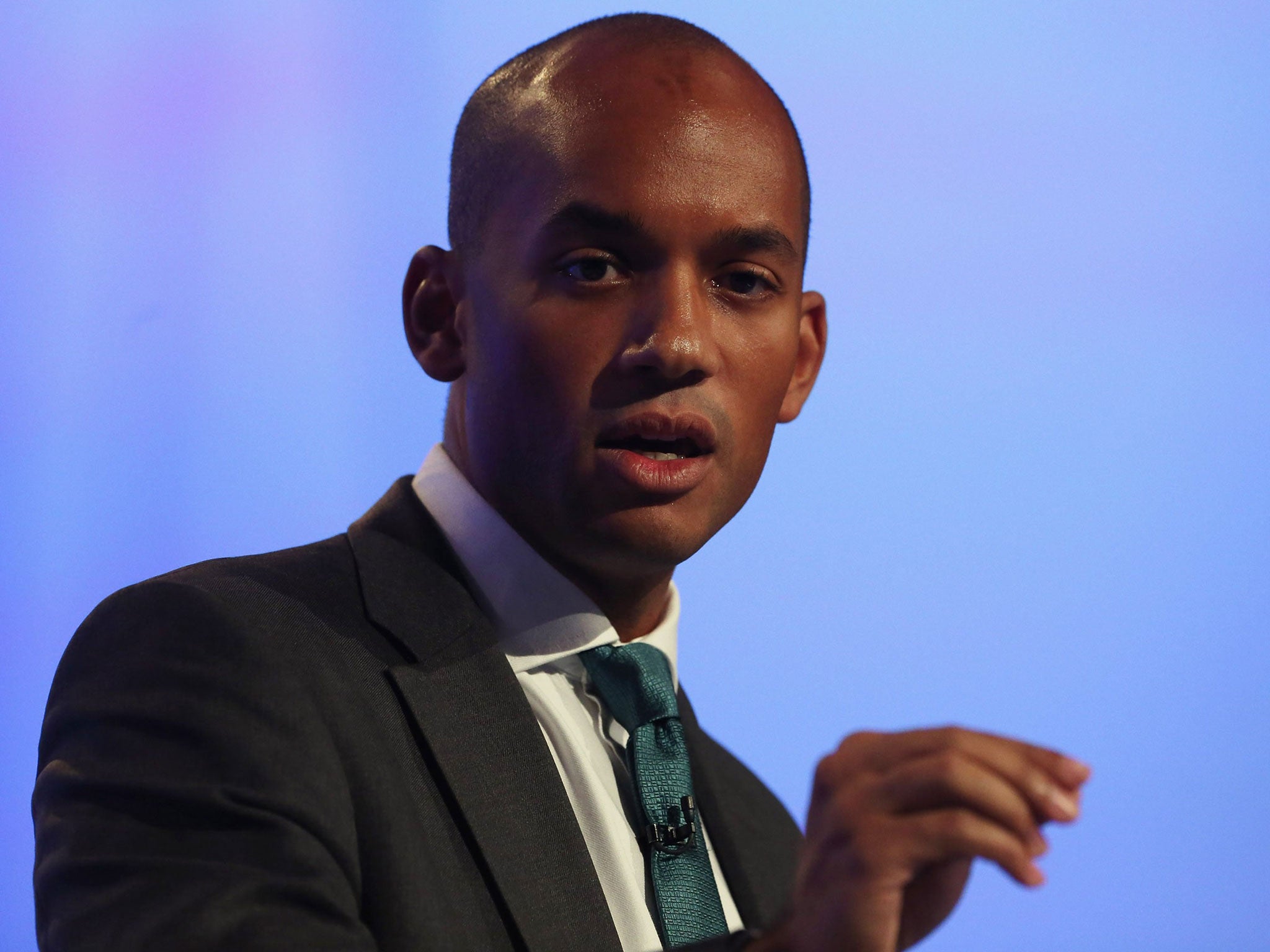The 13 MPs to watch, according to science and TV
Successful politicians tend to rise by being close to the party leadership


As the American football regular season ends tonight, the search is on for the star players of the future. Tonight's games will decide which teams get to choose the best of the new players emerging from college football. In the sport's socialist system, the team that ends the season with the worst record gets the first choice of new players for next season. The best team, the one that wins the Super Bowl in February, gets to choose last. Thus, unlike some other sports, the NFL is never dominated for years by the same few teams.
I was reminded of this in my end-of-year clear-out, when I found a glossy brochure from a public affairs company (euphemism for lobbyist) soon after the 2010 election. It tried to identify future prime ministers among the new intake of MPs, but it did a poor job of it, partly because it made no attempt to be systematic.
I thought then that it should be possible to apply a bit of scientific method to the identification of future political leaders, just as American football teams devote a lot of time, money and statistical analysis to ranking college football players by how much they will contribute to winning.
Just after the 2010 election, though, was too soon. To do it scientifically, you need three pieces of information about each candidate: what they are like on television, what they are like on television and what they are like on television. It also helps to see them speak in the Commons, because that is like being on TV.
You might think that there are other factors, such as intelligence, regional accent and supposedly real jobs as opposed to special advisings, but these are mostly encompassed by the TV test.
Actually, there are three more factors that cannot be captured by the TV test. One is networking; one is administrative ability; and the third is ideological positioning. Successful politicians tend to rise by being close to the party leadership, as an adviser, a party whip, or a cheerleader (Cameron was an adviser to the chancellor; Heath and Major were whips; Blair was a TV advocate for Kinnock and Smith). Then they have to prove themselves not incompetent in running something, even if, in Blair's case, it was just the Labour Party. And finally they need to be well positioned in their party's internal politics. It is not quite true that Blair was the most right-wing MP in the Labour Party, or that Cameron is now the most left-wing Tory, but you get the idea.
Those, then, are the scientific criteria. If we feed them into the machine, the 13 MPs to watch in 2013 are the following – six Labour, six Tory and one Lib Dem. In alphabetical order, the Labour MPs are: Luciana Berger, 31; Gloria De Piero, 39; Michael Dugher, 37; Rachel Reeves, 33; Jonathan Reynolds, 32; and Chuka Umunna, 34. Three of them, Dugher, Reeves and Umunna, are already in the shadow cabinet. Dugher looks a bit shifty on TV and Reeves sounds computer-generated, but they will improve and have inner-sanctum positions as leader's fixer and Ed Balls's deputy. Umunna divides people, including me. Half of me thinks he is too smooth and too naive-lefty; the other half thinks he could be outstanding on television and that he can sound as if he understands business.
Berger is climate change spokesman, which is a good portfolio for the green vote; De Piero, a shadow justice minister, has done some brave work on why people hate politicians; and Reynolds is parliamentary private secretary (PPS) to Ed Miliband, a post he took over from Dugher. As in the other parties, PPS to the leader seems more and more like an inside track to a top job.
The Conservatives are: Sam Gyimah, 36; Matthew Hancock, 34; Jo Johnson, 40; Kwasi Kwarteng, 37; Dan Poulter, 34; and Anna Soubry, 56. Gyimah was appointed PPS to the Prime Minister in September; someone clearly thinks he is good. Hancock has also followed the inside track: he was George Osborne's adviser before 2010 and is now not only a business minister but also a member of Cameron's team preparing him for Prime Minister's Questions – as spotted in a photograph of a prep session that was tweeted by No 10 just before Christmas.
Poulter was a hospital doctor before becoming a health minister. Johnson is a government whip, and could beat his brother, the Mayor of London, into the Cabinet. He, Poulter and Kwarteng are all clever and party centrists. So is Soubry, now a health minister, who is particularly forceful on TV, but whose seat is marginal.
Then there is one Lib Dem: Duncan Hames, 35, who has been PPS to Nick Clegg since September. He is not going to be prime minister, but he could be deputy, after either Ed Davey or Jeremy Browne have had a go.
Those are the star players I would choose if I were the Jacksonville Jaguars or the Kansas City Chiefs, one of which is about to come last and get first choice in the draft. The only drawback with this scientific method is that, through injury or some dissipation of will, the top player chosen in the draft does not always live up to his potential.

Join our commenting forum
Join thought-provoking conversations, follow other Independent readers and see their replies